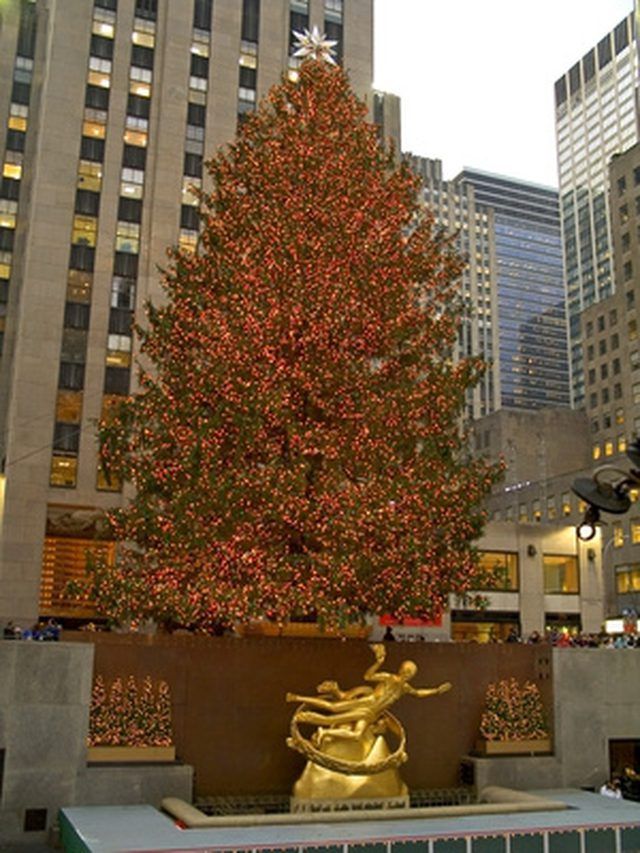Bulbs
Flower Basics
Flower Beds & Specialty Gardens
Flower Garden
Garden Furniture
Garden Gnomes
Garden Seeds
Garden Sheds
Garden Statues
Garden Tools & Supplies
Gardening Basics
Green & Organic
Groundcovers & Vines
Growing Annuals
Growing Basil
Growing Beans
Growing Berries
Growing Blueberries
Growing Cactus
Growing Corn
Growing Cotton
Growing Edibles
Growing Flowers
Growing Garlic
Growing Grapes
Growing Grass
Growing Herbs
Growing Jasmine
Growing Mint
Growing Mushrooms
Orchids
Growing Peanuts
Growing Perennials
Growing Plants
Growing Rosemary
Growing Roses
Growing Strawberries
Growing Sunflowers
Growing Thyme
Growing Tomatoes
Growing Tulips
Growing Vegetables
Herb Basics
Herb Garden
Indoor Growing
Landscaping Basics
Landscaping Patios
Landscaping Plants
Landscaping Shrubs
Landscaping Trees
Landscaping Walks & Pathways
Lawn Basics
Lawn Maintenance
Lawn Mowers
Lawn Ornaments
Lawn Planting
Lawn Tools
Outdoor Growing
Overall Landscape Planning
Pests, Weeds & Problems
Plant Basics
Rock Garden
Rose Garden
Shrubs
Soil
Specialty Gardens
Trees
Vegetable Garden
Yard Maintenance
Norway Spruce Facts
Norway Spruce Facts. Pyramidal in its shape, the Norway spruce is the fastest growing of all the spruces. Native to central and northern Europe-including Norway, where it gets its name-- the tree is found throughout much of the United States and Canada. A member of the pine family (Pinaceae), the Norway spruce is a very healthy tree, but like most...

Pyramidal in its shape, the Norway spruce is the fastest growing of all the spruces. Native to central and northern Europe-including Norway, where it gets its name-- the tree is found throughout much of the United States and Canada. A member of the pine family (Pinaceae), the Norway spruce is a very healthy tree, but like most spruce trees, it may suffer needle damage because of mites and cone damage due to aphids.
Description
Scientifically, the Norway spruce is known as the Picea abies. The dense, symmetrical evergreen tree, with its dark green needles, grows to a height ranging from 40 to 60 feet. At full maturity, the tree has a spread of approximately 25 to 30 feet. The pine cone (or fruit) of the Norway spruce is a brown, elongated oval, about 4 to 6 inches long and up to 2 inches wide.
Features
Often planted for ornamental purposes in urban environments, the Norway spruce can also be used as a snowbreak and windbreak, in both urban and rural settings. With a growth rate that is medium to rapid, the Norway spruce is also used for timber, as well as for reforestation purposes.
Considerations
Although the Norway spruce does best in full to partial sun with a moist, well-drained, acidic soil, the tree also does well under harsh conditions. The Norway Spruce will adapt to poor soil, survive under drought conditions--once it is established--and survive the effects of pollution in the city. However, the tree will die if it is in a wet soil.
Wildlife Value
According to the Arbor Day Foundation, the Norway spruce supports a wide range of wildlife, such as offering a roosting environment to owls and hawks. Additionally, the Norway spruce provides a winter covering for deer and small game, such as the hare, the grouse and the woodcock.
Zones
The fast-growing Norway spruce, with its distinctive trait of a strong central leader and horizontal branches, can be expected to grow well in the temperature extremes of USDA Hardiness Zones 3 through 7.
Fun Fact
The Christmas tree of choice for Rockefeller Center in New York City is the Norway spruce. The strong branches of the tree allows for thousands of lights and ornaments to be hung. In 1948, the tallest Norway spruce ever used, in Rockefeller Center, was a 100-foot tree from Connecticut. After Christmas, the lumber from the tree is used to build a house.
